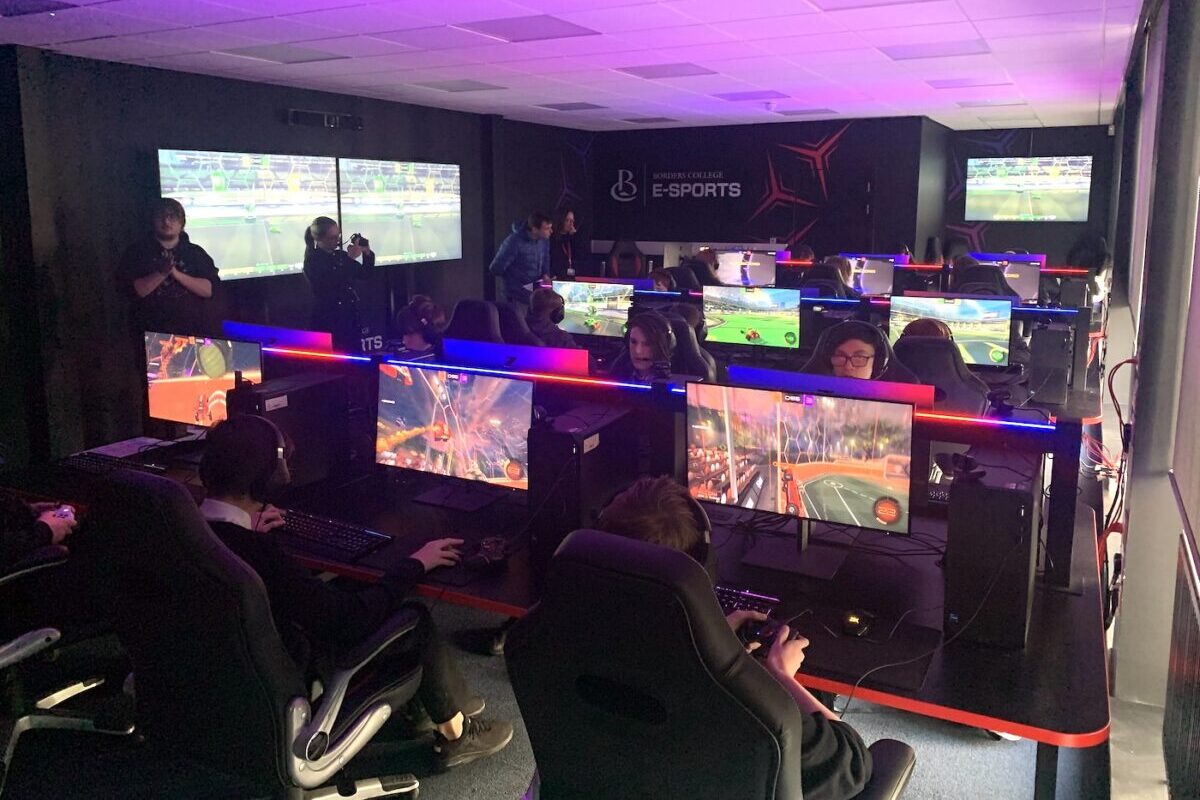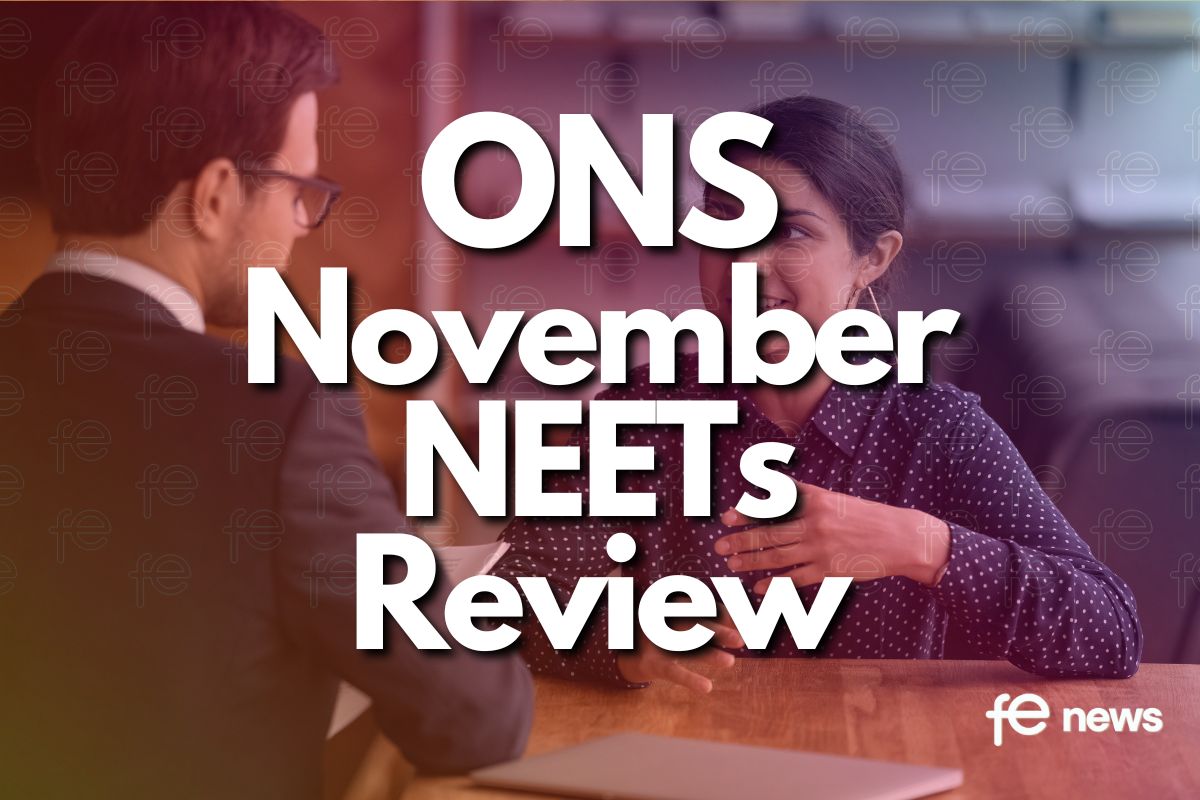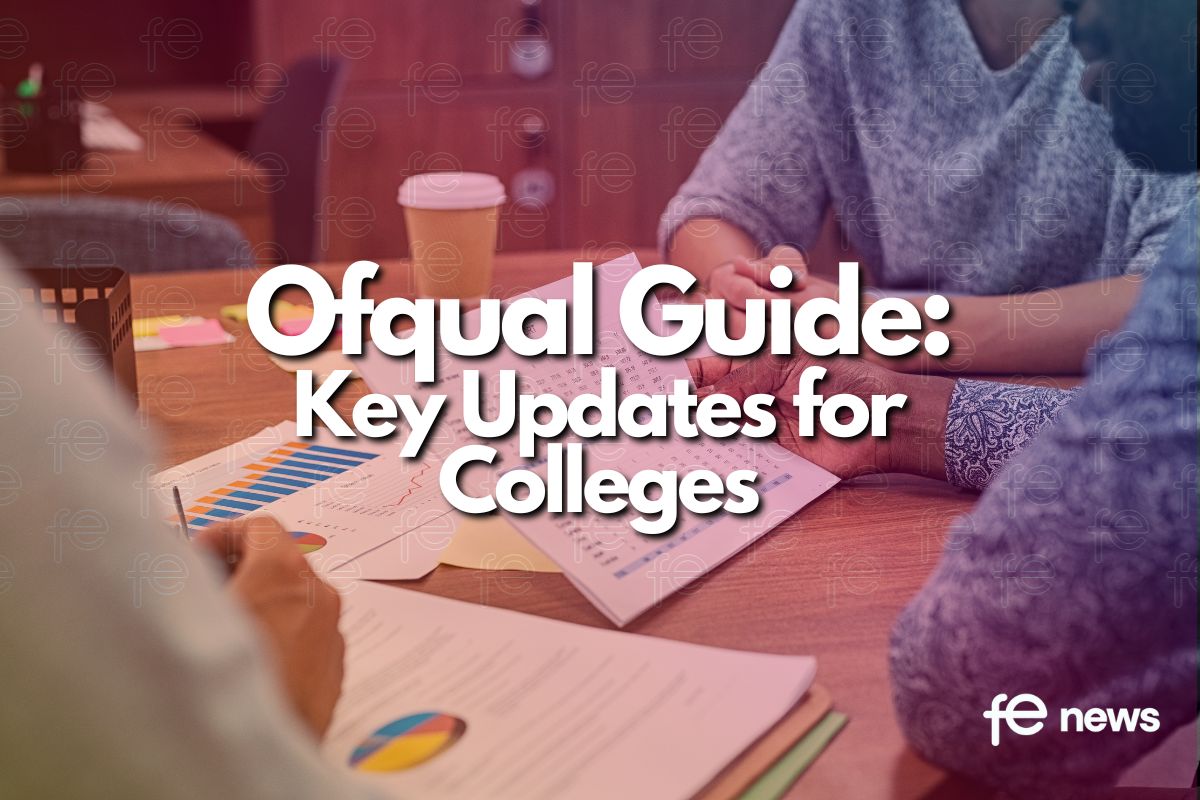The importance of improving communication between students and higher education Institutions

In this article, Simon discusses how educational institutions can improve communications within a hybrid learning structure.
The change experienced within the education sector in recent years has been rapid, with many schools, colleges, and universities still coping with the impact of the pandemic. Learning has become more collaborative, with hybrid learning leading to many institutions implementing Unified Communication platforms.
With this continuing expansion of hybrid learning packages, we have seen over 90% of countries adopt digital online learning. But this change is positive, with 59% of students reporting that they feel more motivated when using hybrid learning models. The challenge, now, is to make sure that such platforms are managed efficiently.
While a hybrid learning structure is beneficial to staff and students, there are potential issues that can impact education and well-being. Therefore, education institutions must ensure they have the correct UC technologies in place to effectively manage and maintain vital communications between staff and students.
Managing networks and ensuring people stay connected when studying and working remotely can be a challenge. Senior leadership teams must ensure that, regardless of physical location, student well-being is not impacted by disjointed or poor communications.
Improving hybrid learning
With hybrid learning here to stay, UC technologies allow education leaders to expand their education programs to more students and a wider audience, regardless of physical location. The unique features and tools UC provides can further enhance hybrid learning to soon make this the preferred education method in a few years.
Unified Communication platforms and devices allow senior education faculty members to remain in contact with students at all times as well as schedule regular 1-2-1 catch-ups to check on learning status and wellbeing. Video conferencing tools have risen significantly in popularity within many businesses, and it is now breaking into the education sector.
Video call capabilities ensure the lines of communication remain open and available to all students who need to contact teachers for help or further assistance. This also allows teachers to deliver lessons to students regardless of location which is significant to those students who are distance learning or who are unable to travel to educational institutions daily.
Video conferencing capabilities provide students and teachers with the option for face-to-face experiences, allowing both parties to read emotional reactions and check physical well-being. This experience allows a more personal touch to remote learning, while enabling teachers and managers to continue monitoring student progress.
While video conferencing provides significant advantages to educational organisations, instant messaging features all promote real-time discussions between students for group activities and teachers for immediate help.
Encouraging productivity
While UC technologies can enhance hybrid learning, they can also help manage regular internal and external communications to boost productivity within educational organisations. Having the correct UC platform and connected technologies can make or break student-teacher communications. Without effective collaboration and communication, this can have serious ramifications on students’ education, their results, and their well-being.
So senior leadership teams must work to not only implement UC technologies to enhance hybrid learning but also to revolutionise their internal and external communications and boost productivity.
Real-time IM features and secure communication channels allow students and teachers to connect seamlessly with one another to ensure the communication gap is constant and available. Everything from voice and video calling, visual voicemail, chat, and email to collaborative features like presence, status, and conferencing tools allow students to instantly contact teachers and boosts both student and teacher productivity.
The immediacy associated with IM chats, video calls, and emails indicates to both teachers and students that hybrid learning can be equally as collaborative and interactive ad physical in-person teaching. The future is becoming more digital, so more industries are slowly evolving to allow digital capabilities and solutions to replace previous models.
The future is bright for UC and education
Hybrid education models are set to expand; UC will play a major part in this transition. Hybrid learning is entirely dependent on effective communication systems, and must be prioritised as we enter a more digital future.
The partnership between UC and education infrastructure will continue to grow, with an increasing demand for schools to implement new hybrid learning environments across a modern digital landscape. UC will not only strengthen productivity across the education sector, but will bridge the communication gap between teachers and students. This will allow students to get access to the necessary help as and when needed, and make the most of their time in education.
UC capabilities will become more entrenched within education infrastructure providing schools with new hybrid learning environments paving the way for a modern digital education model. UC is set to further strengthen productivity within the educational landscape, whilst bridging the communication gap between teachers and students, ensuring that students can get the support they require when needed.
By Simon Horton, Vice President International Sales at Sangoma











Responses